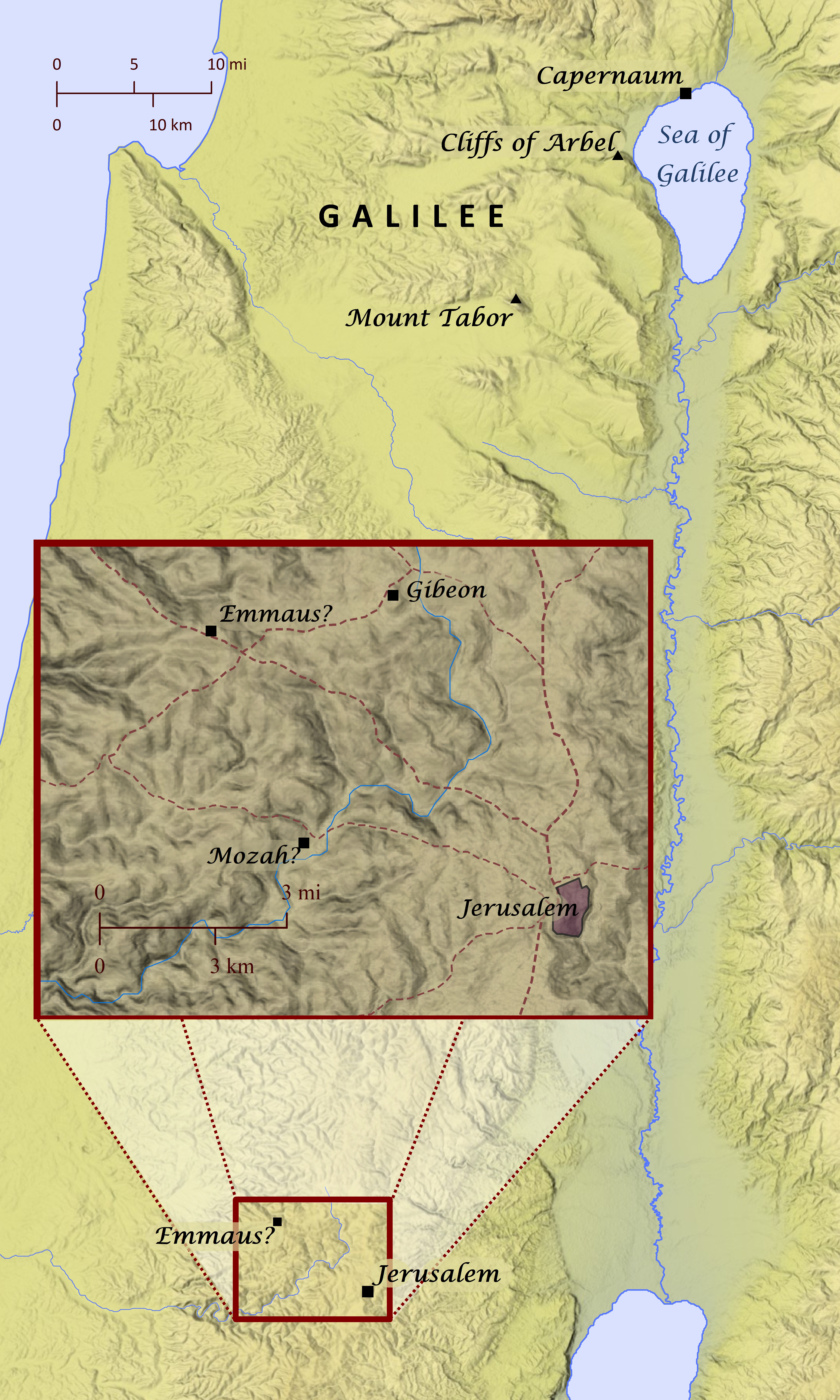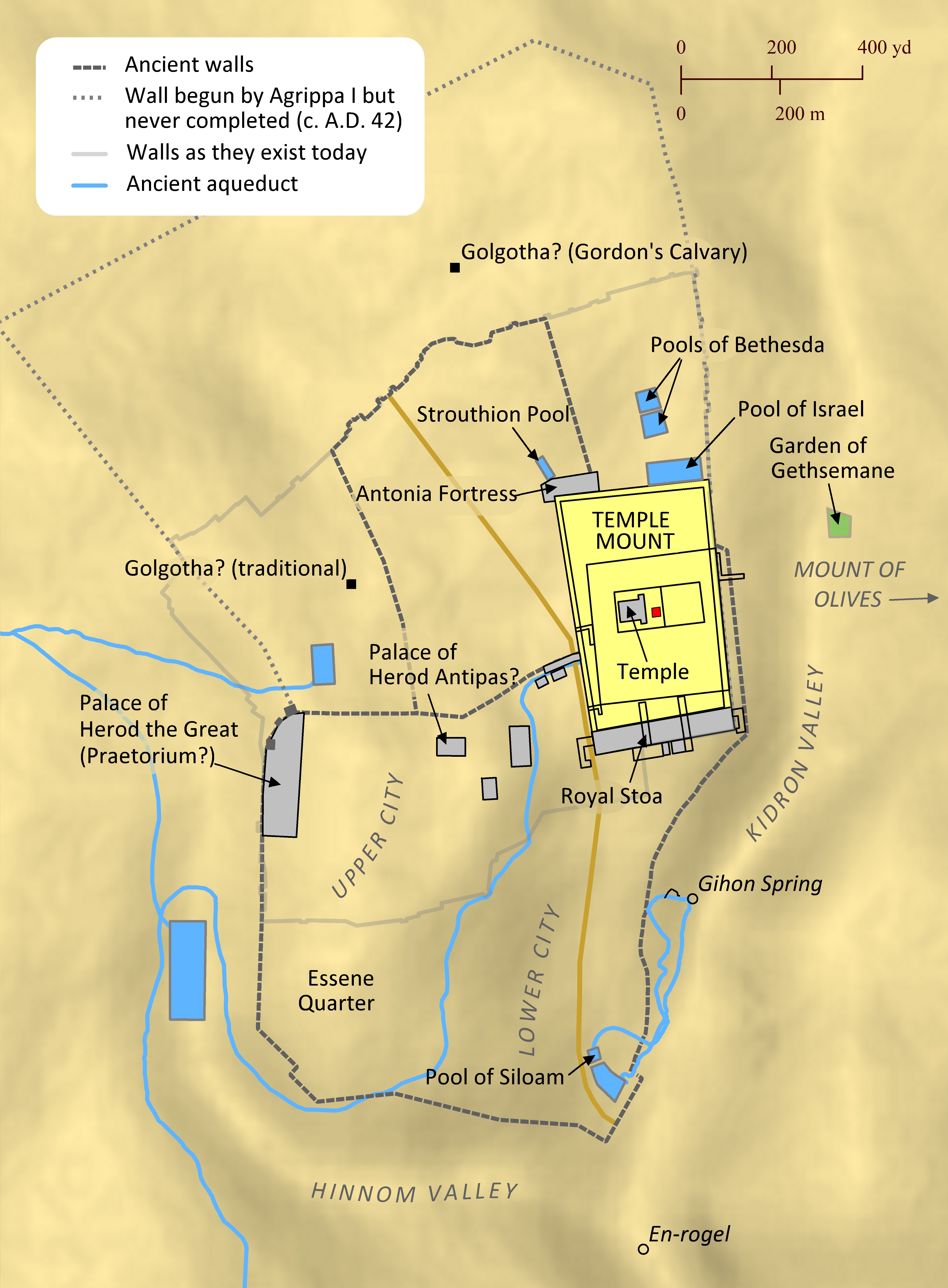Note: This view shows ‘verses’ which are not natural language units and hence sometimes only part of a sentence will be visible—click on any Bible version abbreviation down the left-hand side to see the verse in more of its context. Normally the OET discourages the reading of individual ‘verses’, but this view is only designed as a tool for doing comparisons of different translations—the older translations are further down the page (so you can read up from the bottom to trace the English translation history). The OET segments on this page are still very early looks into the unfinished texts of the Open English Translation of the Bible—please double-check these texts in advance before using in public.
AICNT And it happened that, as he was blessing them, he parted from them [, and was carried up into heaven].[fn]
OEB As he was in the act of blessing them, he left them.[fn]
WEBBE While he blessed them, he withdrew from them and was carried up into heaven.
WMBB (Same as above)
NET Now during the blessing he departed and was taken up into heaven.
LSV and it came to pass, in His blessing them, He was parted from them, and was carried up into Heaven;
FBV While he was blessing them, he left them, and was taken up to heaven.
TCNT While he was blessing them, he parted from them and was carried up into heaven.
T4T As he was doing that, he left them and went up to heaven.
LEB And it happened that while he was blessing them, he parted from them and was taken up into heaven.
BBE And while he was doing so, he went from them and was taken up into heaven.
Moff And as he blessed them he parted from them [and was carried up to heaven].
Wymth And while He was blessing them, He parted from them and was carried up into Heaven.
ASV And it came to pass, while he blessed them, he parted from them, and was carried up into heaven.
DRA And it came to pass, whilst he blessed them, he departed from them, and was carried up to heaven.
YLT and it came to pass, in his blessing them, he was parted from them, and was borne up to the heaven;
Drby And it came to pass as he was blessing them, he was separated from them and was carried up into heaven.
RV And it came to pass, while he blessed them, he parted from them, and was carried up into heaven.
SLT And it was in his praising them, he was separated from them, and carried into heaven.
Wbstr And it came to pass, while he was blessing them, he was parted from them, and carried up into heaven.
KJB-1769 And it came to pass, while he blessed them, he was parted from them, and carried up into heaven.
KJB-1611 And it came to passe, while hee blessed them, hee was parted from them, and caried vp into heauen.
(Modernised spelling is same as from KJB-1769 above)
Bshps And it came to passe, as he blessed them, he departed from them, and was caryed vp into heauen.
(And it came to pass, as he blessed them, he departed from them, and was carried up into heaven.)
Gnva And it came to passe, that as he blessed them, he departed from them, and was caried vp into heauen.
(And it came to pass, that as he blessed them, he departed from them, and was carried up into heaven. )
Cvdl And it came to passe wha he blessed them, he departed from them, and was caried vp in to heauen.
(And it came to pass what he blessed them, he departed from them, and was carried up in to heaven.)
TNT And it cam to passe as he blessed the he departed from the and was caryed vp in to heven.
(And it came to pass as he blessed the he departed from the and was carried up in to heaven. )
Wycl And it was don, the while he blesside hem, he departide fro hem, and was borun in to heuene.
(And it was done, the while he blessed them, he departed from them, and was born in to heaven.)
Luth Und es geschah, da er sie segnete, schied er von ihnen und fuhr auf gen Himmel.
(And it happened, there he they/she/them blessed, separated he from to_them and drove on/in/to to/toward heaven.)
ClVg Et factum est, dum benediceret illis, recessit ab eis, et ferebatur in cælum.
(And done it_is, while to_blesst to_them, he_retired away to_them, and was_carryingur in/into/on the_sky. )
UGNT καὶ ἐγένετο ἐν τῷ εὐλογεῖν αὐτὸν αὐτοὺς, διέστη ἀπ’ αὐτῶν, καὶ ἀνεφέρετο εἰς τὸν οὐρανόν.
(kai egeneto en tōi eulogein auton autous, diestaʸ ap’ autōn, kai anefereto eis ton ouranon.)
SBL-GNT καὶ ἐγένετο ἐν τῷ εὐλογεῖν αὐτὸν αὐτοὺς διέστη ἀπʼ αὐτῶν ⸂[καὶ ἀνεφέρετο εἰς τὸν οὐρανόν]⸃.
(kai egeneto en tōi eulogein auton autous diestaʸ apʼ autōn ⸂[kai anefereto eis ton ouranon]⸃.)
RP-GNT Καὶ ἐγένετο ἐν τῷ εὐλογεῖν αὐτὸν αὐτούς, διέστη ἀπ' αὐτῶν, καὶ ἀνεφέρετο εἰς τὸν οὐρανόν.
(Kai egeneto en tōi eulogein auton autous, diestaʸ ap' autōn, kai anefereto eis ton ouranon.)
TC-GNT Καὶ ἐγένετο ἐν τῷ εὐλογεῖν αὐτὸν αὐτούς, διέστη ἀπ᾽ αὐτῶν, καὶ ἀνεφέρετο εἰς τὸν οὐρανόν.
(Kai egeneto en tōi eulogein auton autous, diestaʸ ap autōn, kai anefereto eis ton ouranon. )
Key for above GNTs: yellow:punctuation differs, orange:accents differ, red:words differ (from our SR-GNT base).
BMM BibleMapper.com Maps:

Jesus’ Post-Resurrection Appearances
On the Friday of Passover, Jesus was crucified and his body was placed in a tomb, but early Sunday morning he was raised to life again through the power of the Holy Spirit! After this he appeared to many believers over a period of forty days until he ascended into heaven (Acts 1:1-4), although it is difficult to know in what order all these events occurred. The first believers to see the risen Jesus were women, including Mary Magdalene, who had gone that morning to finish preparing Jesus’ body with spices. Later that same day (Sunday) Jesus also appeared to two disciples traveling from Jerusalem to a town called Emmaus about seven miles away (Luke 24:13-36), likely at el-Qubeiba (see “The Battle at the Pool of Gibeon” map). Still later that day when the two disciples had returned to Jerusalem and were telling Jesus’ disciples what they saw, Jesus appeared again to them and several other believers. Apparently a week after this, presumably in Jerusalem, Jesus appeared again to a group of disciples that included Thomas (John 20:24-29). At some point Jesus also met his disciples on a mountain in the region of Galilee, perhaps at Mount Tabor or the cliffs of Arbel, where he had told them earlier to meet him (Matthew 28:16). Jesus also met with Peter and some other disciples who were fishing on the Sea of Galilee, likely near Capernaum (John 21:1-14). Finally at the end of Jesus’ forty days on earth after his resurrection, Jesus led his disciples out from Jerusalem to the vicinity of Bethany and ascended to heaven (Luke 24:50-53).

Jerusalem during the New Testament
By the time of the New Testament, the ancient city of Jerusalem had been transformed from the relatively small fortress of David’s day (2 Samuel 5:6-10; 1 Chronicles 11:4-9) into a major city with a Temple that rivaled the greatest temples in the Roman world. Just prior to Jesus’ birth, Herod the Great completely renovated and expanded the Temple of the Lord, and he also built a lavish palace for himself, various pools (where Jesus occasionally performed healings), public buildings, and military citadels, including the Antonia Fortress, which overlooked the Temple. Wealthy residents, including the high priest, occupied extravagant houses in the Upper City, while the poorer residents were relegated to less desirable areas like the Lower City. The Essene Quarter was so named because many of its residents belonged to the Essenes, a strict religious sect that was known for its careful attention to the law of Moses. Across the Kidron Valley lay the Garden of Gethsemane, where Jesus often met with his disciples (Matthew 26:36-46; Mark 14:32-53; John 18:1-14). Further east was the Mount of Olives, where Jesus began his triumphal entry one week before his crucifixion (Matthew 21:1-11; Mark 11:1-11; Luke 19:28-40; John 12:12-19), taught his disciples about the last days (Matthew 24-25; Mark 13), and eventually ascended to heaven after his resurrection (Luke 24:50-53; Acts 1:1-11).

